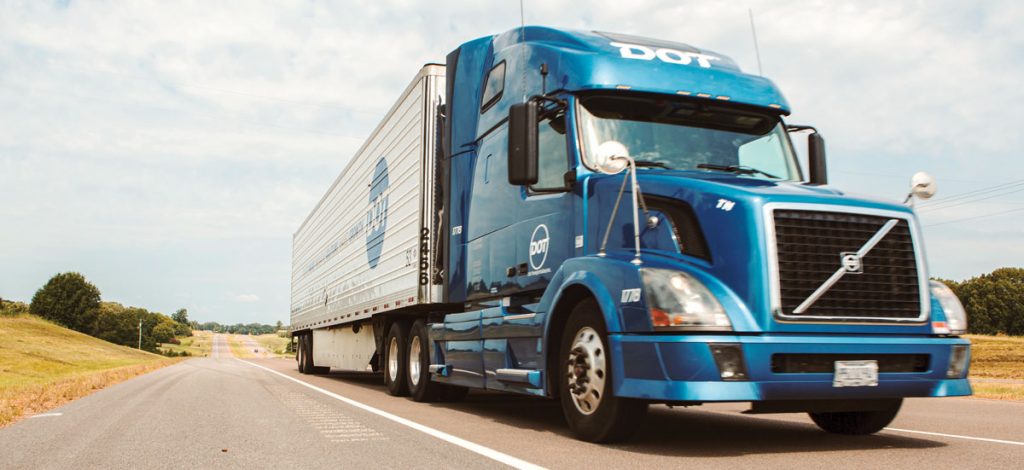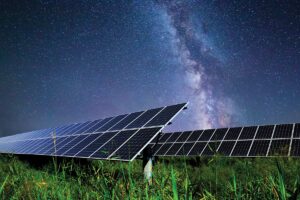“Don’t put all your eggs in one basket.”
It’s a familiar saying, and that age-old piece of wisdom is used by electric utilities to make sure you receive a reliable supply of electricity.
Michael Leitman, senior analyst at the National Rural Electric Cooperative Association, translates that saying into utility-industry terminology this way:
“You don’t want to be too reliant on any one energy source,” says Leitman. “The goal is if one resource becomes constrained, others are there to fill the gap and keep the lights on – it’s about managing risk and priorities.”
Following that advice has been straightforward for decades. A mix of four energy sources provide nearly all generated electricity: coal, natural gas, nuclear and hydroelectric power.
But now, there are a lot more options – the variety of electricity generation is higher than it’s ever been, and not just because of more renewable energy sources like wind and solar. Batteries are getting cheaper and powerful enough to supplement wind turbines during calm weather and solar when the sun’s not shining. Energy load-control programs can shut off water heaters for short periods during times when electricity use is highest. Rapid technological advances across the power industry have also been key for unprecedented opportunities, allowing utilities to manage the electric power systems in ways that make energy resources more useful.
While a broader mix of fuels could potentially bring even greater reliability to your electric service, coordinating all the new and old equipment of the nation’s electric grid requires new skills and careful management.
For years, the electric utility industry’s main fuel source has been coal. But that’s changed radically over the last 15 years.
By 2016, natural gas replaced coal as the largest source of electricity. In 2019, natural gas made up 38 percent of the electric utility fuel mix; coal, 23 percent; nuclear, 20 percent; and hydroelectric power, 7 percent. The non-hydro renewable energy share of electricity production has risen from almost nothing 10 years ago to 7 percent for wind and 2 percent for solar, and both continue to increase rapidly.
Those statistical trends hide two revolutionary changes.
One, renewable energy doesn’t act like the more traditional power plants. A coal plant can run all the time, while wind and solar shut on and off as Mother Nature makes changes every hour – meaning the wind doesn’t always blow and the sun doesn’t always shine. But with the second revolutionary change, the smart grid, the use of these complex renewable energy sources can be managed better.
Power outages can be detected more quickly, and you can even track the repair process on your smartphone. Digital software can more effectively manage the output of rooftop solar panels, sending electricity back to the utility when the homeowner isn’t using all the electricity they produce. The smart grid can also make solar and wind energy more useful through the use of batteries. It’s a lot of technology that helps ensure you receive uninterrupted, reliable service.
Managing the smart grid brings improvements, as well as requirements for new ways of doing business.
“The smart grid brings new opportunities to increase reliability and resiliency, but it has to be more actively managed,” says Leitman. “You’ve still got to have folks that know how to climb utility poles, and now we need those who also understand programming and working with computers and control systems.”
The need for that new expertise will benefit electric cooperatives and their consumer-members well beyond more reliable electricity. New skill sets will be needed, and that will create additional job opportunities in the local communities served by electric co-ops.









